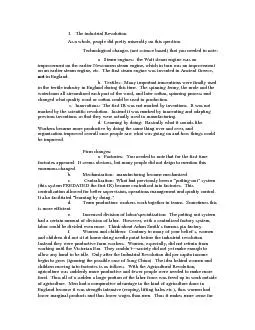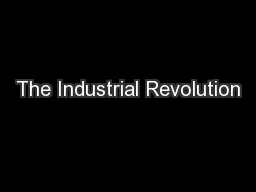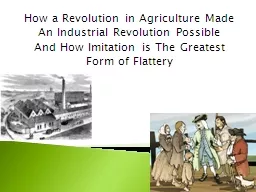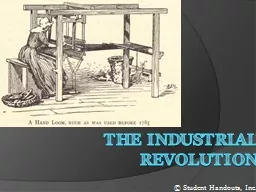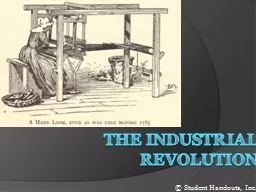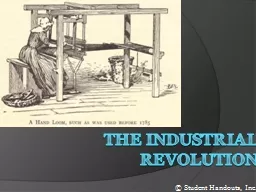PDF-1. The industrial Revolution.As a whole, people did pretty miserably
Author : giovanna-bartolotta | Published Date : 2017-02-21
women to be the ones spinning etc in the new textile factories and for children to bedoing the other kinds of unskilled labor because they are more productive outside
Presentation Embed Code
Download Presentation
Download Presentation The PPT/PDF document "1. The industrial Revolution.As a whol..." is the property of its rightful owner. Permission is granted to download and print the materials on this website for personal, non-commercial use only, and to display it on your personal computer provided you do not modify the materials and that you retain all copyright notices contained in the materials. By downloading content from our website, you accept the terms of this agreement.
1. The industrial Revolution.As a whole, people did pretty miserably: Transcript
Download Rules Of Document
"1. The industrial Revolution.As a whole, people did pretty miserably"The content belongs to its owner. You may download and print it for personal use, without modification, and keep all copyright notices. By downloading, you agree to these terms.
Related Documents

